A well-structured mobile app requirements document is essential for businesses looking to develop an app efficiently, avoid costly rework, and align their entire team around a shared vision.
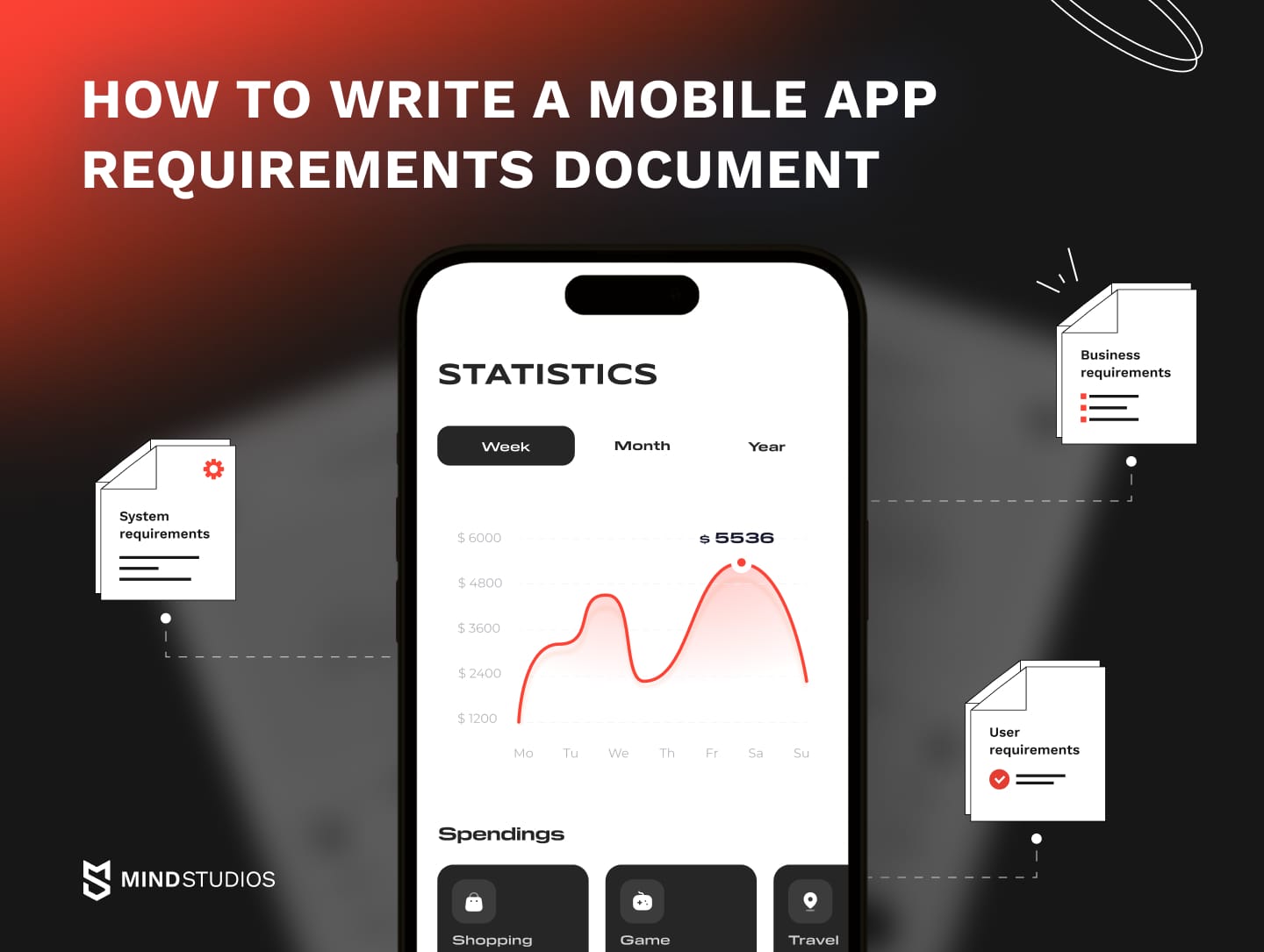
- Based on our experience, rework can account for 40–50% of the total software development cost.
- Learning how to build a mobile app requirements document reduces rework, saving businesses time and money.
- The mobile app requirements document has a critical business value that aligns all the stakeholders under a shared vision.
Every successful mobile app starts with a solid foundation. Did you know there are now 3.48 million mobile apps in the Google Play Store alone? While not all of them are direct competition in your niche, there are still likely hundreds, or even thousands, that share a similar focus, making it tough to get noticed.
One of the primary reasons for failed projects is a poorly written or missing mobile app requirements document. Ideally, a mobile app development requirements document template serves as a roadmap for your future business, ensuring that every detail is clarified from the very beginning.
As Anton Baryshevskiy, CBDO at Mind Studios, says:
The quality of a mobile app’s requirements document can make or break the project. It doesn’t only consist of a list of features, it gives you the foundation upon which your future app is built. A well-structured document ensures that all the stakeholders — developers, designers, and business leaders — have a clear and unified understanding of the app’s goal and functionality. Such clarity is crucial to avoid costly missteps, minimize delays, and ensure the product aligns with your original idea. Even the best and most skilled developers will struggle to deliver a successful app if you don't have a requirements document.
At Mind Studios, we’ve developed successful mobile applications for various industries, largely thanks to our meticulous approach to crafting such documents.
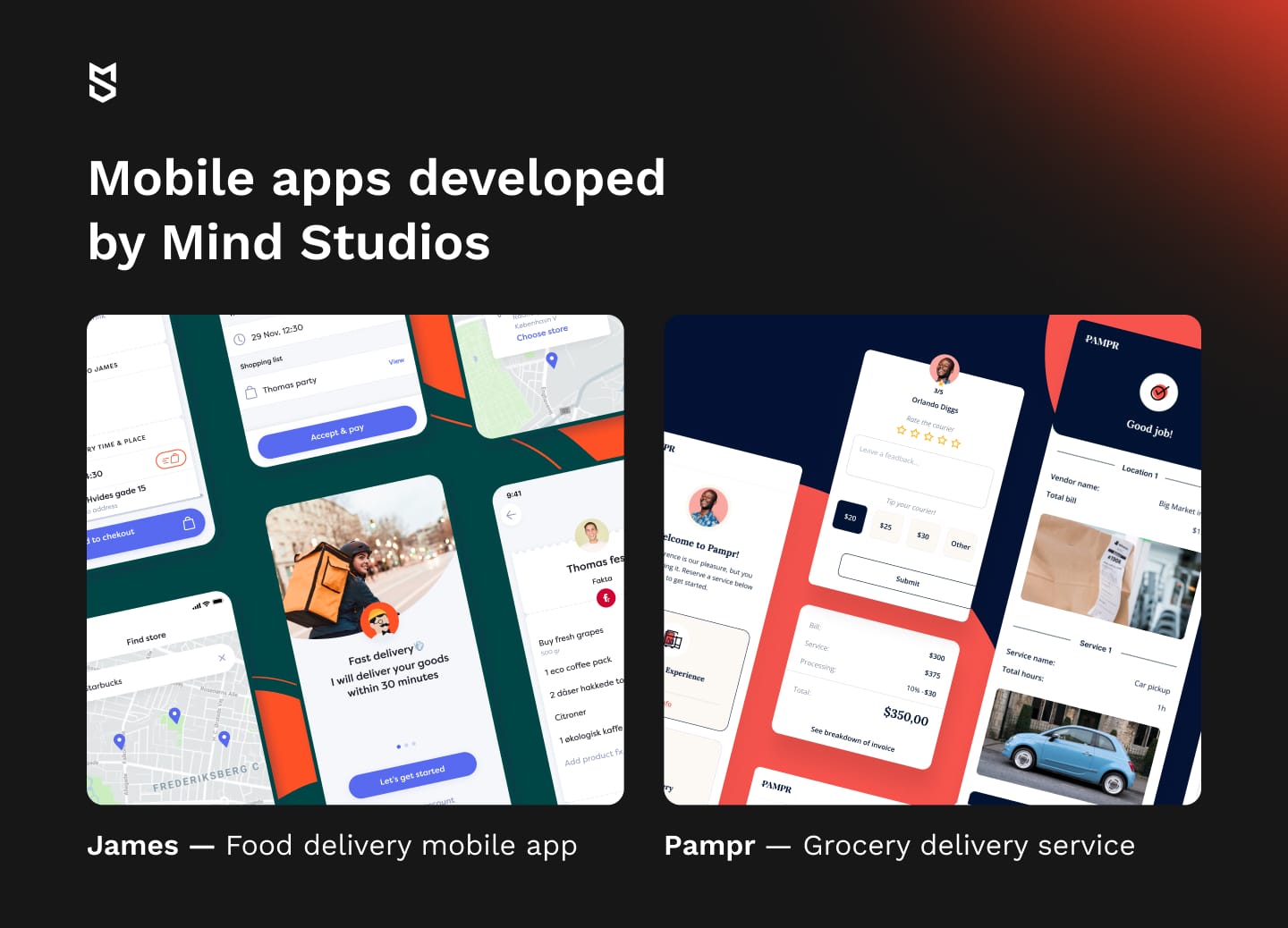
Given our rich experience in mobile app development, we’ve decided to share with you our insights on how to write a mobile app requirements document. Here, you will find everything you need to craft an effective document that can impact your app's success. And, of course, if you are ready to develop a mobile app, contact our experts.
But first, let’s define the real importance of mobile app documentation and why your business should invest in it.
What is a mobile app requirements document?
To put it simply, a mobile app requirements document or product requirements document (PDR) is a comprehensive guide that outlines every detail of your app development — from functionality and features to design and tech stack specifications. It allows all the stakeholders — including investors and developers — to align with a shared vision of how the app should function and what it should achieve.
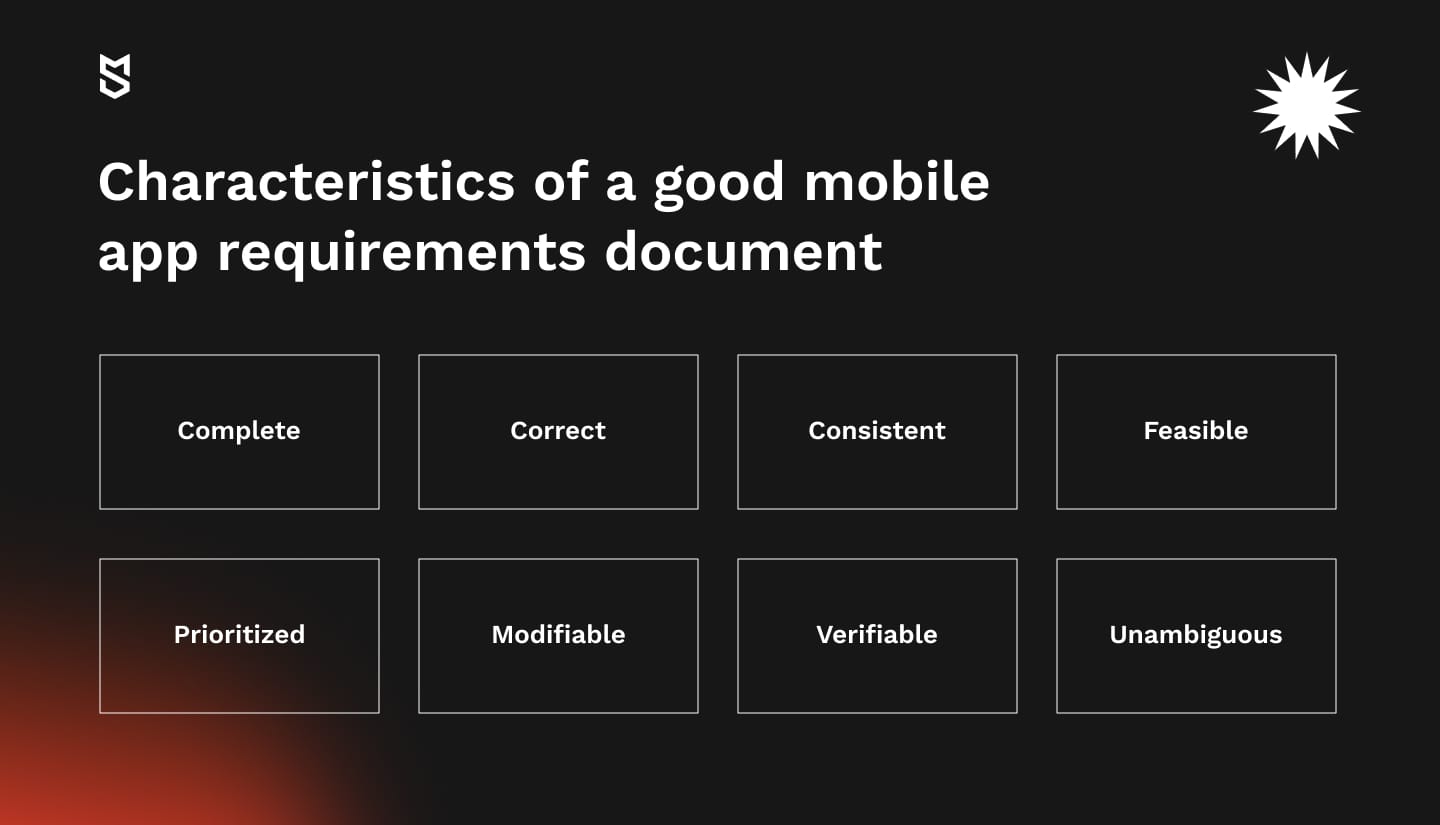
Product requirements are where the interests of all stakeholders come together, so it’s important to make sure that your requirements are equally clear and understandable to investors, users, and developers.
How to build a mobile app requirements document to meet everyone’s needs? Not only the contents of a web app requirements document, but even its tone of voice can help you with this. In a perfect world, your mobile app requirements stated in a PRD should be:
| Requirement Type | Why It’s Important | How to Ensure It |
|---|---|---|
| Complete | Ensures developers have all the necessary details to implement features correctly. | Provide thorough descriptions for each requirement. If information is missing, mark it as TBD (to be determined) and follow up later. |
| Correct | Aligns requirements with business goals, technical specifications, industry standards, and regulations. | Regularly verify the document with your development team and stakeholders to avoid misinterpretation. |
| Consistent | Prevents conflicts between different requirements, reducing errors and rework. | Cross-check the document to ensure no two requirements contradict each other. |
| Feasible | Confirms that the product can be built within budget, timeline, and technical constraints. | Use Agile methodologies and proof-of-concept prototypes to test feasibility before full-scale development. |
| Prioritized | Helps focus on the most critical features first, ensuring efficient resource allocation. | Rank each requirement based on importance and assign it to specific release phases. |
| Modifiable | Allows flexibility to accommodate changes in business goals or market demands. | Use a structured format that allows easy updates, keeping version control in check. |
| Verifiable | Ensures testers can validate if the requirement has been properly met. | Define clear, measurable, and testable criteria for each requirement. |
| Unambiguous | Reduces miscommunication and misunderstandings between teams. | Write each requirement so that it can only be interpreted in one clear way. Avoid vague language. |
Expert tip: We strongly recommend creating a glossary of terms from the outset of development. The reality is that developers — especially outsourced staff — aren’t necessarily familiar with your business speak, and chances are, you aren’t proficient in programming. A lack of understanding of terms can lead to rework, missed deadlines, cost overruns, and unnecessary debates.
Why the mobile app requirements document is your secret weapon
To turn your idea into a shippable mobile app, you need a team of app developers. But finding the right team isn’t the hard part. The hard part is explaining your mobile app vision to developers so clearly that they see it the way you do.
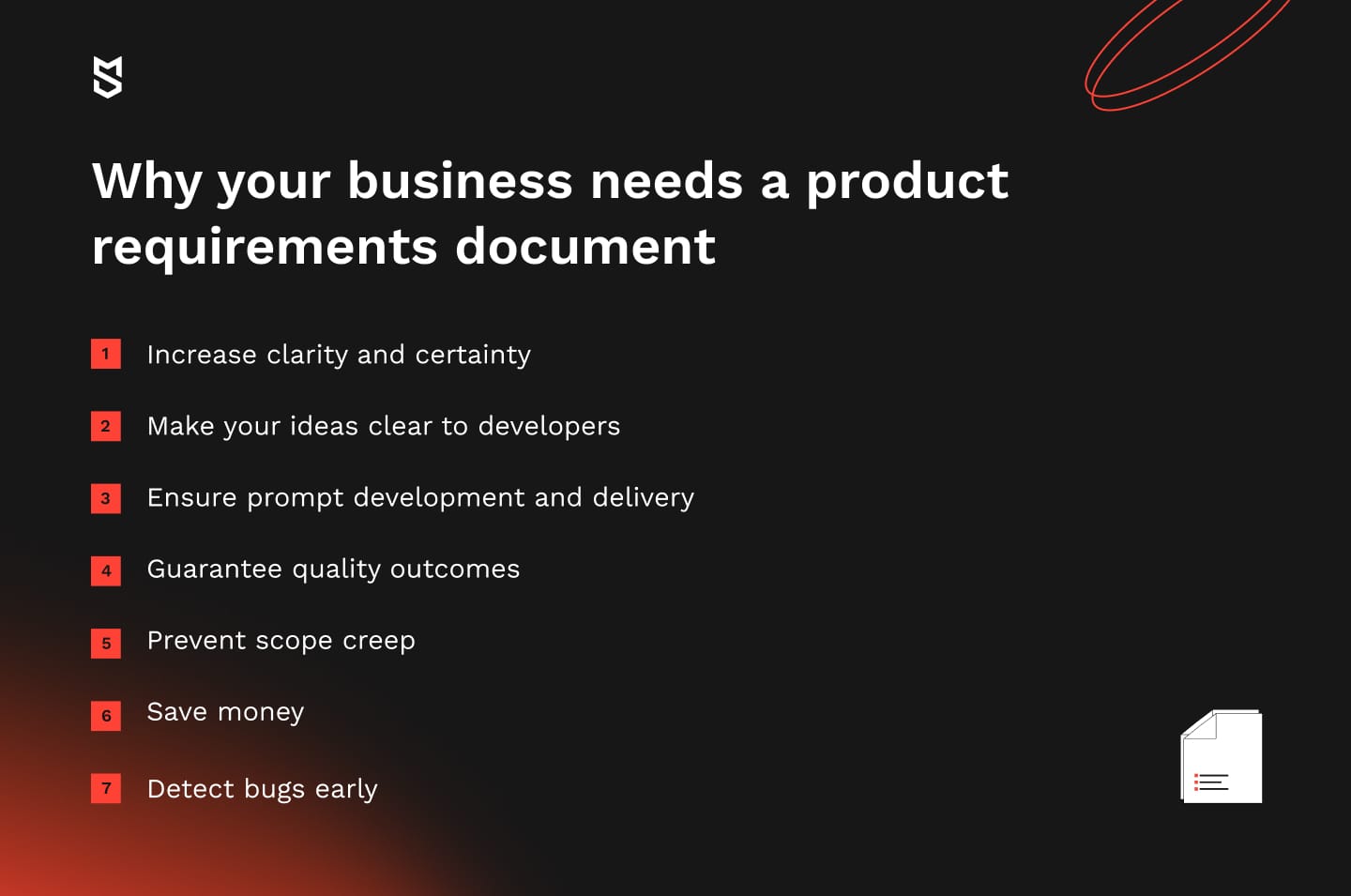
Mind Studios insight: We've helped businesses across various industries bring their app ideas to life. One common mistake we've seen is businesses jumping into development without clear documentation. A poorly defined app concept can lead to:
- Unexpected development costs
- Delays in project timelines
- Misalignment between stakeholders
- Feature creep that bloats your budget
Here are some core reasons why you should write a product requirements document for your mobile app startup:
| Business Value | Challenges It Solves | Opportunities It Brings |
|---|---|---|
| Increase Business Certainty | Lack of clarity on objectives, features, and constraints can lead to costly misalignment and project delays. | A well-defined requirements document transforms vague ideas into a structured roadmap with clear budgets, deadlines, and success criteria. |
| Align Development with Business Goals | Miscommunication between stakeholders and developers often results in an app that doesn’t meet business needs. | Clear, structured requirements ensure developers understand your vision, reducing errors and costly revisions. |
| Accelerate Time to Market | Undefined requirements cause delays, rework, and inefficient workflows. | A well-documented plan streamlines development, optimizes resources, and speeds up delivery, giving you a competitive edge. |
| Ensure High-Quality Output | Without clear acceptance criteria, the final product may not meet expectations. | A precise requirements document defines quality benchmarks, ensuring the final app aligns with your business standards. |
| Prevent Scope Creep | Uncontrolled feature additions inflate costs and delay project completion. | A structured PRD keeps development focused on core features, reducing wasted effort and maintaining project scope. |
| Optimize Costs & Maximize ROI | Unclear requirements lead to expensive rework and inefficient resource allocation. | Precise planning reduces development costs, improves budget predictability, and ensures every dollar spent contributes to business growth. |
| Identify & Fix Issues Early | Bugs detected late in development or post-launch are costly to fix and damage brand reputation. | Clear requirements enable early testing, reducing defect costs and ensuring a smoother, more reliable user experience. |
So, it’s important to take developing product mobile application requirements not as a wasteful and frustrating matter, but as an investment in your project that will pay off in spades.
These and many more risks can be mitigated by investing time upfront into a mobile app development requirements document template. Contact us for a free consultation to discuss all the development stages for your mobile future application.
Types of product requirements and related documents
When you get an idea to make an app, you need to ask yourself three main questions:

Answers to these questions form the three main levels of requirements for mobile app development: business requirements, user requirements, and system requirements.
In turn, each level also has an assortment of functional and non-functional requirements.
Functional requirements relate to your app’s operation and the features you’re going to implement.
Non-functional requirements define characteristics and constraints that aren’t connected to functional requirements. In most cases, non-functional requirements relate to:
- Attributes of the developed product like performance, reliability, availability, and usability.
- The app development process, such as development methodologies, standards, coding languages, time restraints, security, etc.
- The external environment, taking into account your app’s connection to other systems and hardware components, alignment with corporate policy, government regulations, and so on.
Not sure how to properly structure your app requirements for investors? Worried about losing your limited budget due to a flawed development process or an unsatisfactory final product?
Let’s fix that. At Mind Studios, we help businesses create rock-solid mobile app requirements documents that impress investors with a clear, well-structured plan, minimize risks, prevent costly development mistakes, and ensure your app is built efficiently from the start — with scalability in mind.
Business requirements
When writing your mobile app documentation sample, focus on reasons why building a mobile application is essential for your business, the changes the app will require, and the outcomes you expect it to deliver. To keep your product vision clear to your development company, you should record your business requirements in a mobile app business requirements document (BRD).
Mind Studios’ insight: Note that although we use the term “document,” this doesn't have to be a printed piece of paper or a Google Doc. You can store your requirements using diagrams, databases, spreadsheets, or requirements management tools, or you can combine these with a traditional text document.
Based on the vision and scope document proposed by Karl Wiegers in the third edition of Software Requirements, we’ve prepared the following BRD structure:
1. Business requirements |
|
|---|---|
Background |
Describe the situation that led you to the idea of creating a mobile app, the overall goal(s) for your project, and the improvements you believe it will bring to your business. |
Business opportunity |
Highlight the strengths and advantages of your app compared to existing solutions on the market. Describe how your mobile app will keep up with market trends and ever-evolving technologies. |
Business objectives |
Summarize what benefits you expect to get from building a mobile app in a quantitative and measurable way. Your objectives must be SMART (specific, measurable, achievable, relevant, and time-bound). |
Success metrics |
Determine what indicators will help stakeholders understand that your project has achieved success. For example, for an e-commerce app, to bring in $X in revenue within Z months, a good goal could be getting two cross-sales on 80% of orders. |
Vision statement |
You can describe your product vision using the following format:
|
Monetization model |
From the onset of your project development, define how your mobile app will generate revenue. You can check out possible monetization models for mobile apps in our previous article. |
Business risks |
Think of possible situations that can adversely affect your mobile app development. For example, what will you do if you get too few downloads? You need to estimate the probability of each risk and how it will impact the whole project. Then plan actions to control, mitigate, or eliminate the risk. Involve other stakeholders in the decision-making process. |
Assumptions and dependencies |
Business assumptions reflect your observations of ways you can achieve desired business objectives. Given the objective to bring in $X in revenue within Z months, your assumption can be that a new app will attract 100 monthly active users who will spend on average $15 a month. Highlight external factors that your mobile app development depends on, such as third-party suppliers, partners, other business projects, industry standards, or legislation. These factors create a dependency on how external variables might affect the timeline and delivery of your app. |
2. Scope and limitations |
|
|---|---|
List of features |
Define what functionality your app must, should, could, and won’t provide based on your business objectives, time and financial resources, and problems with existing business solutions. |
Scope of initial release |
Define what features you should develop first. To help you decide, read our article about nine techniques to prioritize features for a mobile app. |
Scope of future releases |
This section describes features that aren’t so critical to be developed first because of their complexity, high cost, or low profitability. You can implement them in future app releases. |
Limitations and exclusions |
List features that you have to cut from the project scope. You can add them to later releases. |
3. Business context |
|
|---|---|
Key stakeholders |
Create profiles of everyone somehow related to your project: those who take an active part in mobile app development, who depend on its outcome, and who impact its outcome. |
Project priorities |
Agree on features, quality, schedule, budget, and team size. Prioritize the factors that lead to your project’s success and define constraints on project development. Discuss the degree of freedom you can grant your project manager to accomplish tasks that lead to project success within the existing constraints. |
Deployment considerations |
Describe possible improvements you want to make for your mobile application to expand its market share. These can be extra features to reach audiences in other countries or new cloud data storage to make your app more adaptive. |
Mind Studios’ tip: You can represent your project scope using different tools. The most comprehensive in our opinion is the lean canvas. It represents the segments of a business plan crucial for developing documentation for all mobile applications: groups of users and their main problems, solutions your app is going to provide, along with a unique value proposition (UVP), and other advantages.
User requirements
After identifying your business requirements, it’s time to focus on your users’ needs. You need to outline potential aims with which users come to your app and the actions they will take to meet these aims. But whose opinion should you consider when drafting user requirements?
The challenging part is, there’s no single type of app user. On the contrary, there are many types of users asking for different things. Your task is to hear everyone out and find the balance between the needs of different user groups.
When it comes to user requirements, it’s sensible to start with these three steps:
- Classify users. Group all stakeholders into user classes. You can sort them according to the following criteria for mobile applications:
- Access level (guest, regular user, paying user, provider, administrator)
- Tasks they perform (find, view, read, select, buy, share, comment)
- App features they use (searching, mapping, sorting, comparing, paying, etc.)
- Frequency of visits (daily, monthly)
- Platforms used (iOS or Android)
- Native language (or other demographic variables like location, gender, education, and family status.)
- Identify product champions. Choose individuals who can represent each group of users and communicate user requirements to your project manager. Being a good product champion means having a clear vision of the benefits your app will bring to users. In turn, product champions must be actual users to perfectly understand users’ pains and urgent needs.
- Agree on the requirements of decision-makers for your project. Agree on representatives of each group of users with stakeholders. Be careful not to overlook any stakeholder to avoid complaints that the final app doesn’t meet a stakeholder’s expectations.
After identifying eligible user representatives, get their input on two types of user requirements to develop an app.
| User requirements | |
|---|---|
| Functional user requirements | Outline tasks users want to perform within your mobile app and list possible user–app interactions. Based on this data, you can derive the core functionality your app must provide to enable these interactions. |
| Non-functional user requirements | Gather users’ expectations related to your mobile app’s level of performance, security, usability, and so forth. |
| Deployment considerations | Describe possible improvements you want to make for your mobile application to expand its market share. These can be extra features to reach audiences in other countries or new cloud data storage to make your app more adaptive. |
Record feedback from users in a user requirements document (URD). To do this, you can use the following techniques:
User persona
A user persona is a useful tool that allows you to visualize your target users. For each user persona, choose a name and a photo, then list the user’s needs, wants, and aims. Write key reasons why the persona will use your app.
Here is an example of a user persona we made for a social media app like LinkedIn:
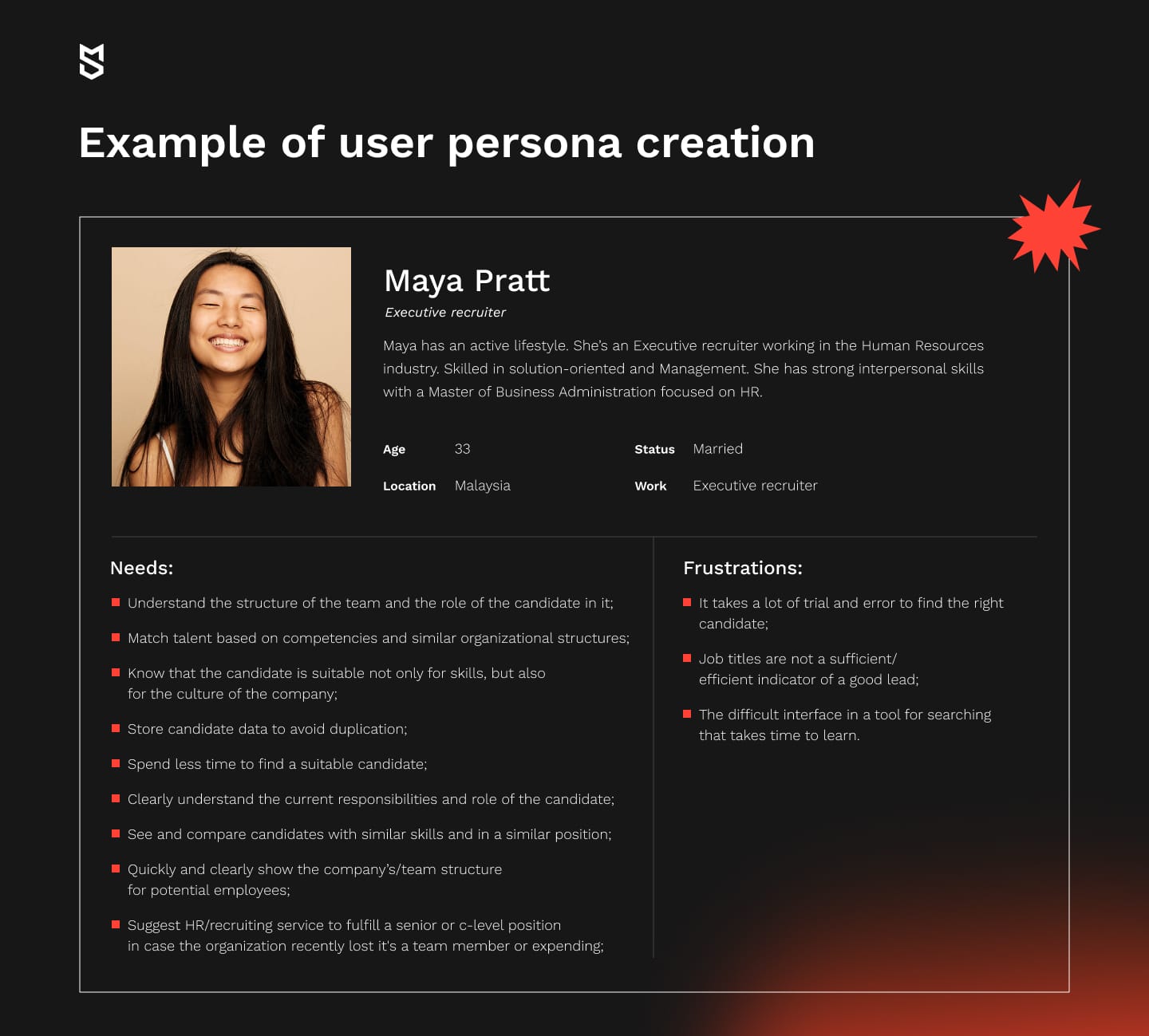
User stories
Itemize actions users will perform within your app to meet their goals. Then, arrange these actions in a natural sequence to determine a typical user journey through your app. Depending on your project’s scope, you can primarily outline epics — intricate user actions that you can decompose into smaller steps users will take while using your app. Epics are user stories that tend to be written as follows: As a [type of user], I want [some goal] so that [some reason].
Mind Studios’ insight: In Agile development, user stories are often put into a product backlog. While negotiating the scope of software development for the first and subsequent releases, you and your development team will consider user stories from the backlog and select the most relevant ones. By arranging user stories, you can form a product roadmap that clearly defines what app features you should implement and when.
The example below is related to the two most common basic epics for any mobile app:
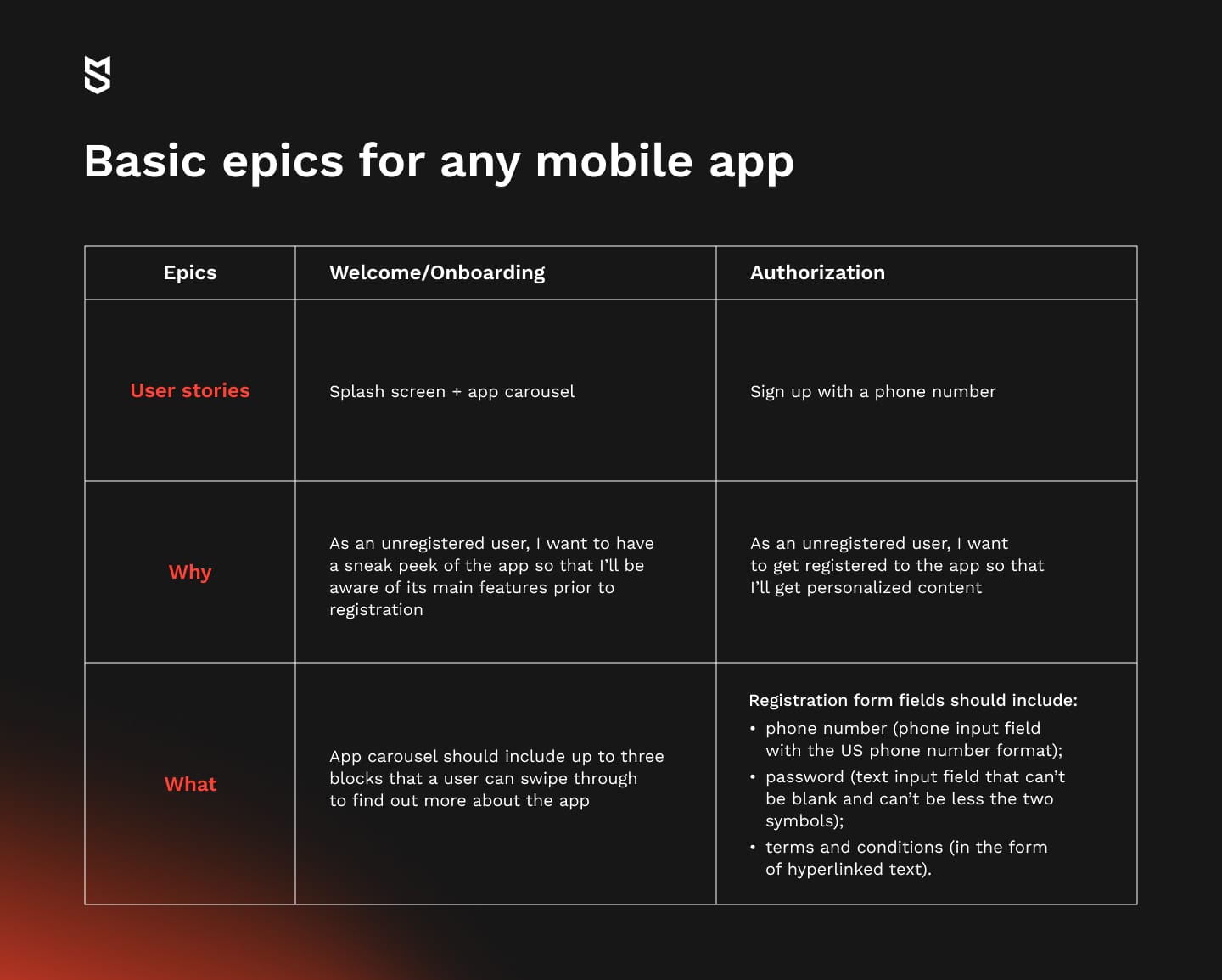
System requirements
A complete product requirements document for a mobile app should contain requirements on how your app must operate. Resist the temptation of hastily writing a technical design document for a mobile application based only on users’ wants and business needs. Talk to developers. They’ll give you feedback on whether it’s technically possible to realize your original plans for the app’s functionality. In talking to developers, you’ll reveal potential threats to your project development and can collectively establish a plan B to sidestep them.
After constructive dialogue with your team, write down the agreed requirements in a software requirements specification (SRS) for a mobile application that contains the following blocks:
System requirements |
|
|---|---|
Functional requirements |
List the features developers can build to enable users to complete tasks according to your business requirements. To do this, use existing mind maps or user stories. After defining what your app will do, assign a unique name and number to every functional requirement, along with a short description, rationale, and status. |
Subsystem requirements |
Describe requirements for developing an app from the perspective of software and hardware subsystems. For example, if you’re going to build a fitness activity tracking app, you’ll need to write requirements for wearable trackers that will sync with the app. |
Business rules |
Since every business is subject to laws, policies, and industry standards, these will be obvious sources of requirements for an SRS. Here’s a short list of requirement sources:
|
Data requirements |
When developing a mobile app, you need to create, store, modify, display, delete, process, and use massive amounts of data. To manage data flows, you need to:
|
Quality attributes |
Writing clear quality criteria ensures that developers will meet your expectations with the end product. You need to consider quality attributes that are important to:
Discuss what attributes are critical to your app’s success with other stakeholders, and prioritize them. Write specific expectations for each attribute using fit criteria — a quantification of the requirement that describes the standard your app must reach. Translate quality attributes into technical specifications and write acceptance tests for your team to enable them to check results. |
External interfaces |
This part of a functional requirements document for a mobile application is needed to ensure that your app will communicate properly with users and external hardware or software systems. In an SRS, you need to write down requirements for:
|
Constraints |
Record constraints that restrict your mobile app’s design, operation, and implementation. Above all, check whether your mobile app specification aligns with Apple App Store and Google Play Store requirements. Additionally, specify other system constraints imposed, for instance, by the programming language used or rules of using third-party APIs or content. |
Localization requirements |
If you want your app to be used in countries, cultures, and geographic locations that differ from those in which it was created, then you should set requirements for changing:
|
Common pitfalls in crafting mobile app requirements document
Even if you know how to build a mobile app requirements document, there are still common challenges that can arise during the development process. Let’s discuss some of the most frequent issues, as well as actionable tips from Mind Studios on how to avoid or resolve them.
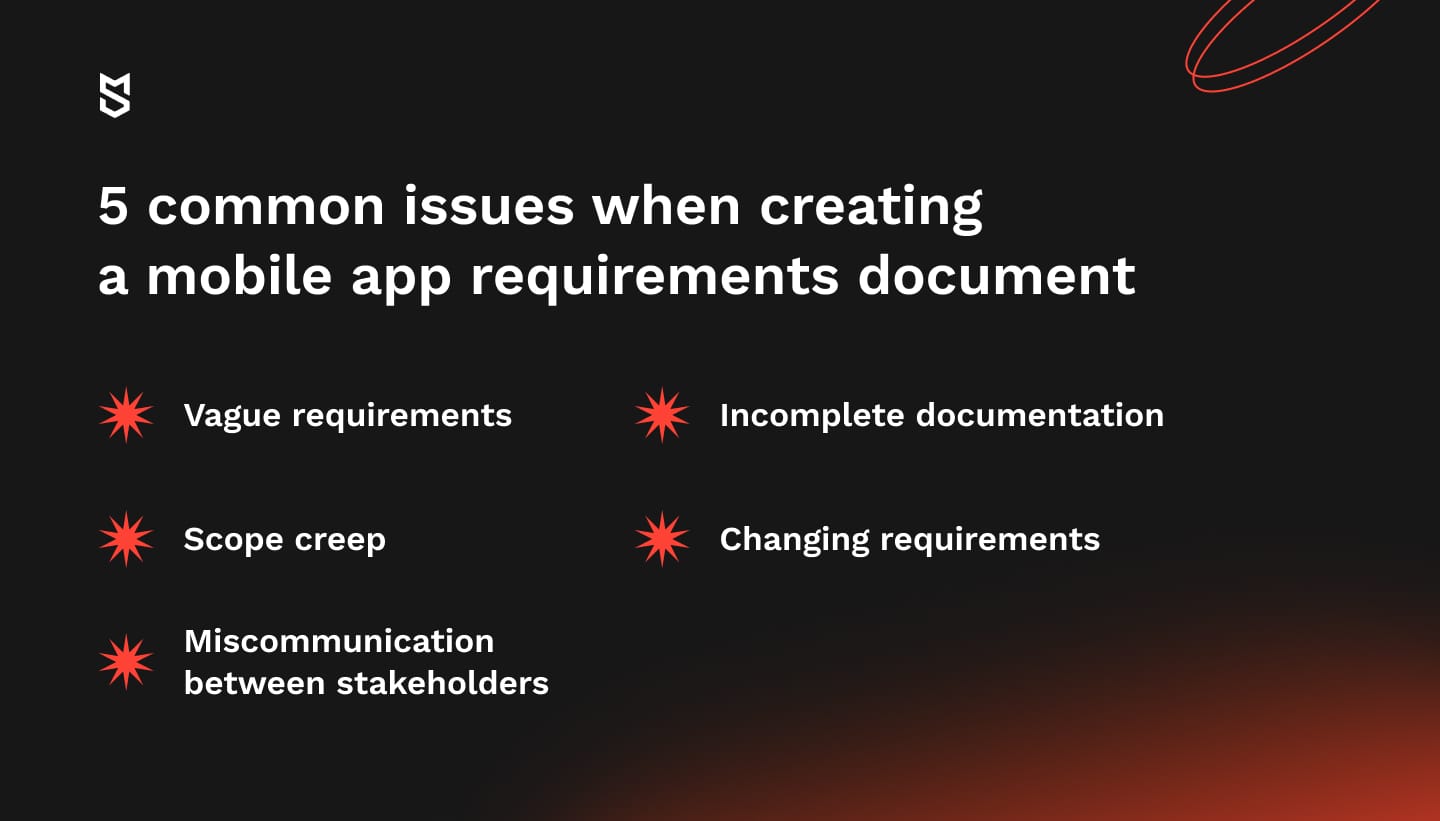
Challenge #1: Vague requirements
This is arguably one of the most common problems many companies face during app development. Vague or unclear requirements can lead to misinterpretation by the development team and, thus, to the creation of features that don't align with your original idea.
Mind Studios’ solution:
To avoid this problem, make sure your app requirements document is detailed and specific. Don’t forget to use clear language and provide examples where necessary to illustrate what exactly you expect.
If you've already launched your project but hit a roadblock at the app requirements stage (or if you've learned the hard way that unclear requirements lead to disappointing results) we’ve got the solution for you. Download our ready-made mobile app requirements template — a business-focused framework designed to help you structure your project efficiently, minimize risks, and accelerate development.
With this template, you’ll:
- Fast-track your app development with a clear, structured requirements document.
- Avoid costly mistakes by keeping your vision aligned with technical feasibility.
- Save time and money by giving developers a solid foundation from day one
Ready to move forward?
Download the app requirements document in PDF File
Challenge #2: Incomplete documentation
Another, no less frequent problem, is incomplete documentation. Missing or overlooked details can lead to significant issues during development, including delays or the need for extensive revisions.
Mind Studios’ solution:
To prevent such a problem, you should follow a structured approach when creating your app requirement document. It’s better to break your document into sections that cover all the aspects of your app (user stories, tech specifications, wireframes, user personas, and more). You should also regularly review the document with your team to identify any gaps and address them promptly.
You need to rein in requirement volatility with sound management. A project manager and/or a business analyst can take on this responsibility. Project managers and business analysts have different requirements management tools to:
- track the need for changing requirements;
- perform impact analysis to determine what these changes will bring to project development;
- monitor requirements maintenance;
- track the status of each requirement;
- track requirements issues;
- maintain a history of requirements change.
Mind Studios insight: When we worked on our Mulki project, we involved a business analyst not only during the discovery stage but also during the whole development. Having such an expert during the discussions with the client allowed us to plan for the future — after all, it was an ambitious project that aimed at expansion and, thus, more features. It also allowed us to properly document all the changing requirements during the whole process of development, with the help of our app requirement document template. As a result, we got an app with a steady number of monthly active users who were content with the app's functionality.
Challenge #3: Scope creep
Changing project scope, also known as scope creep, happens when extra features or changes are introduced during the development without proper evaluation. This may result in increased costs, delays, and in the final product not meeting the initial objectives.
Mind Studios’ solution:
To manage the scope creep, you have to prioritize features from the start and stick to agreed requirements. Any proposed changes should be carefully considered for their impact on the overall project’s timeline and budget. Having a clear change management process helps a lot in controlling scope creep and ensuring that your project stays on track.
At Mind Studios, we often use spreadsheets to provide a traditional presentation in rows and columns of the app functionality you intend to build. Here's a fragment of the functional requirements spreadsheet we drafted as part of a real estate mobile application development:
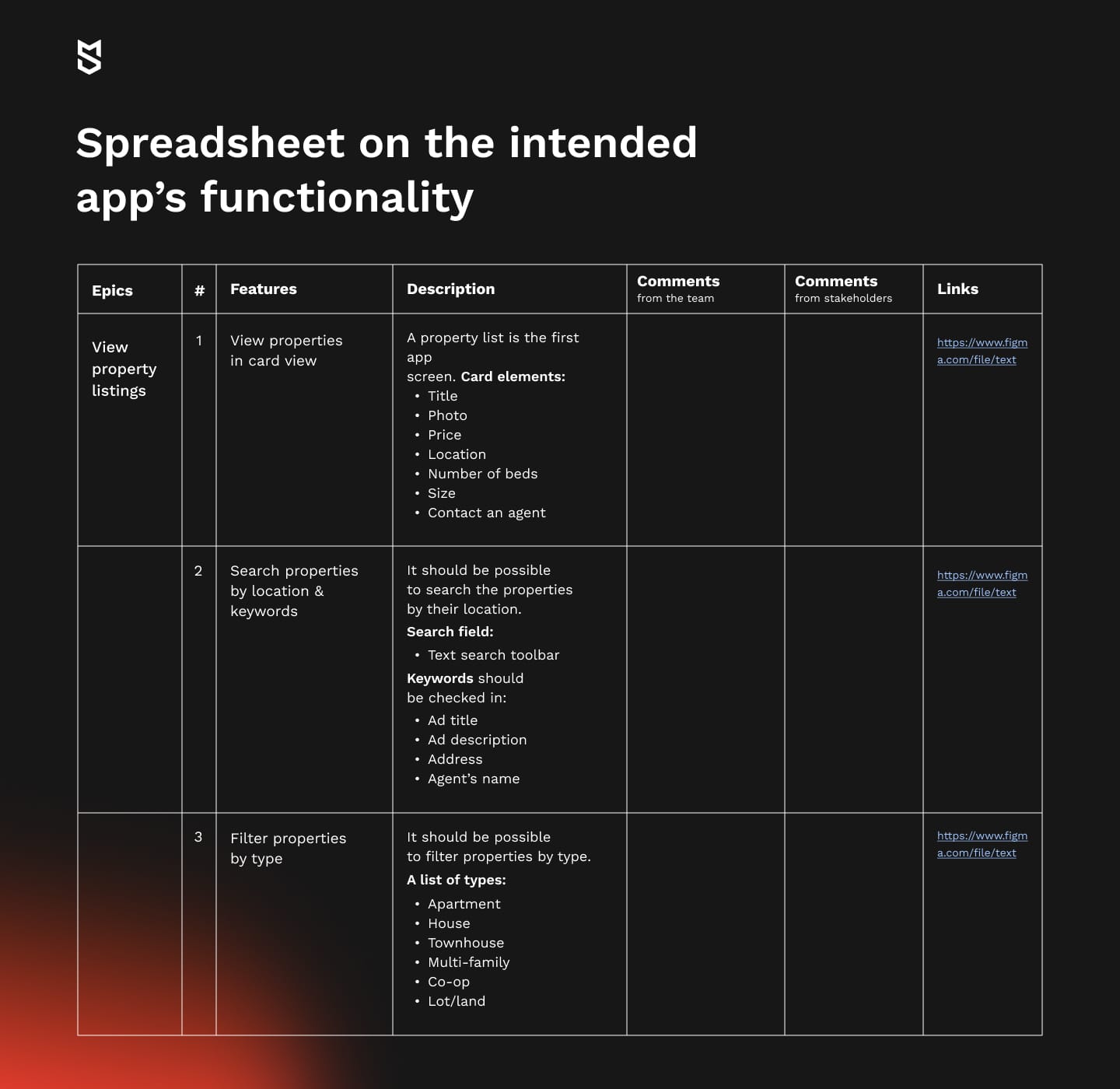
Challenge #4: Miscommunication between stakeholders
Miscommunication between stakeholders (such as developers, designers, and business leaders) can result in conflicting ideas, project delays, and the need for rework.
Mind Studios’ solution:
You should foster clear and consistent communication between all stakeholders by holding regular meetings and check-ins to discuss progress and potential issues. Using collaborative tools also helps, as all the stakeholders can access and update the document to ensure that everyone is on the same page.
To foster clear communication among all project stakeholders, at Mind Studios, we use a mind map. This tool mirrors the logic of a mobile application and the interconnections between its main components.
Here’s a simple example of a mind map for a meditation app like Headspace:
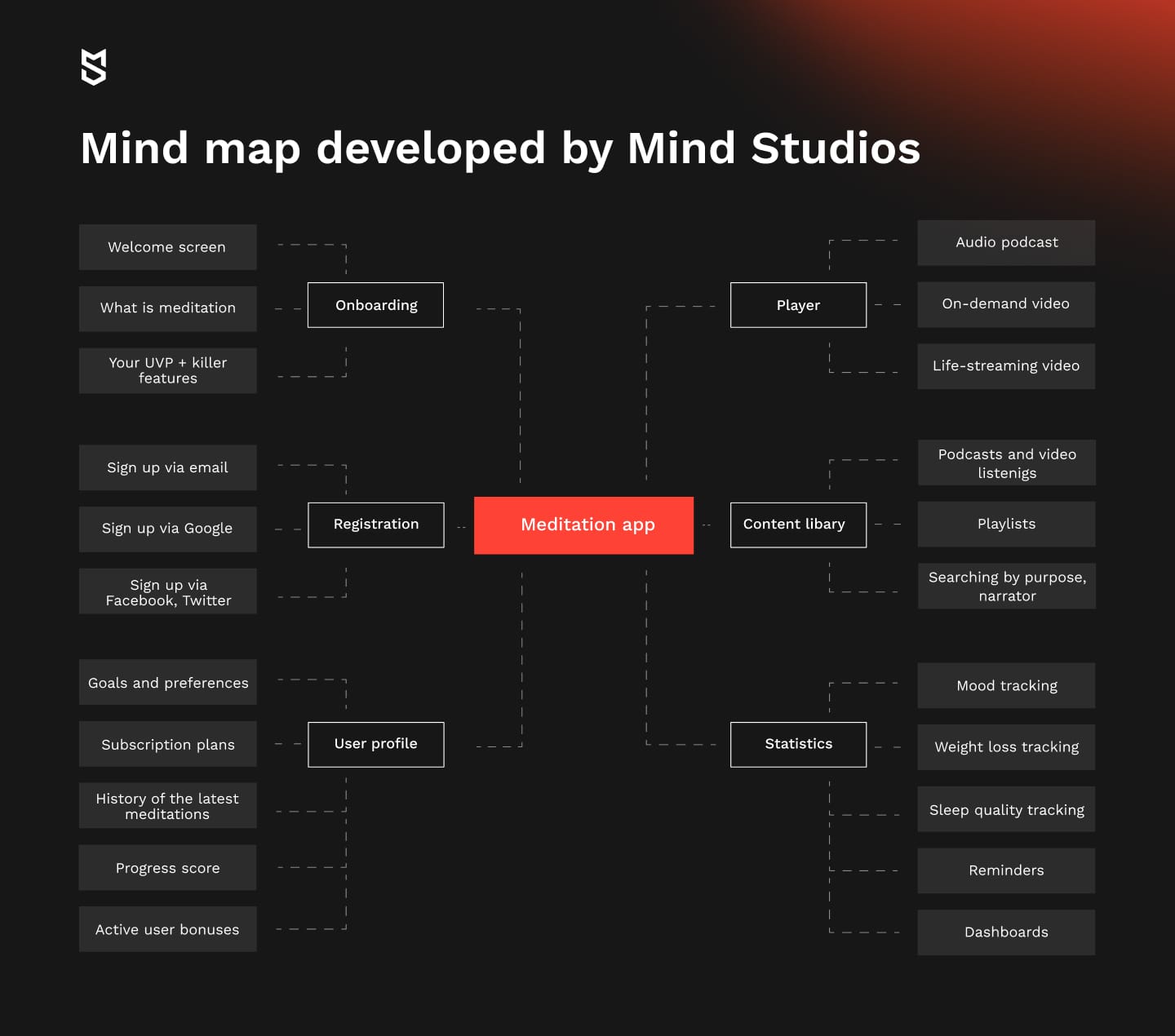
Also, remember that drafting business requirements for mobile applications involves all project players. It is always a joint effort. This ensures everyone has a shared understanding.
Challenge #5: Changing requirements
As your project evolves, changes to software requirements for app development are inevitable. New requirements can come from anywhere: your investors can insist on getting a return on investment faster than you planned; users can go to a competitor’s app because your app doesn’t provide a feature they like; subsequent software updates can impose extra restrictions on your mobile app development. While it might be tempting to outline all software requirements at the start and stick to them, this rigid approach can lead to project failure.
Mind Studios’ solution:
You should understand that requirements' development is an iterative process. Drafting a document of requirements for your mobile app project is commonly about performing four activities:
| 1. Elicitation, or asking what users expect from a new product, listening to what they say, and watching what they do. |
|---|
| 2. Analysis, or processing user feedback to understand, classify, and relate this information to possible mobile app requirements. |
| 3. Specification gathering, which involves turning vague user input into thoughtful, structured, written requirements documents with visual illustrations. |
| 4. Validation, which is about drawing confirmation from stakeholders that the requirements specification you’ve created is accurate and complete. |
While conducting analysis, you can come across some inaccuracies that turn you back to elicitation. And while writing a mobile app product requirements document, you can bump into some gaps that require you to conduct more analysis.
If stakeholders point out errors in your requirements document, you will have to rewrite some statements, conduct a re-analysis, or even conduct a follow-up poll. Only by interweaving and iterating these activities can you provide stakeholders with relevant mobile app requirements through the whole development cycle.
Mind Studios' proven approach on how to make mobile application requirements documents
At Mind Studios, we always highlight the importance of the discovery phase. That’s the phase during which we work closely with our client to define and agree upon initial product requirements and conduct idea validation stage by taking the following steps:
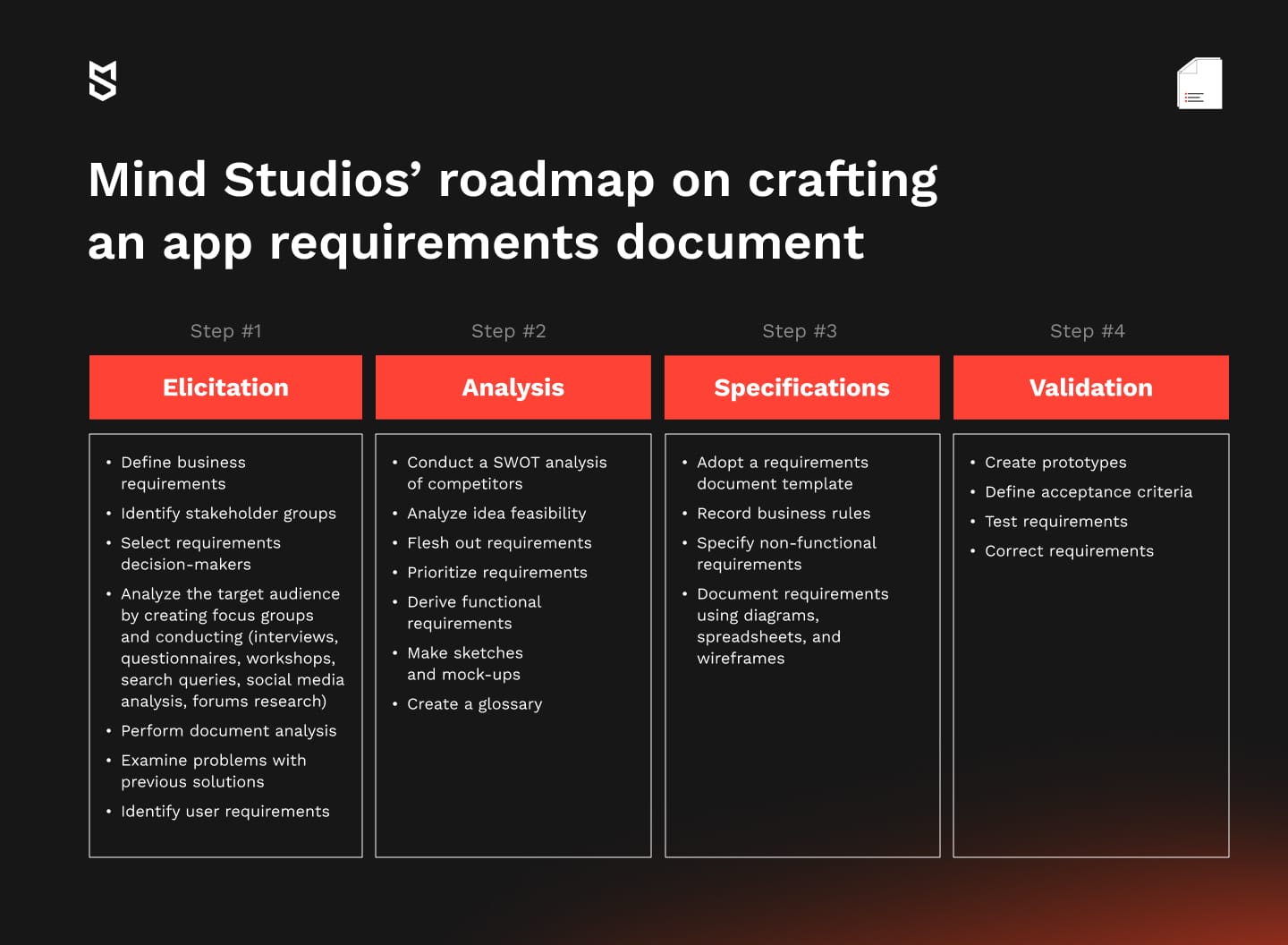
For our Mulki project, our involvement from the early stages, idea validation, and defying the target audience, user personas, and their specific pains allowed us to create an app that fully meets the specific needs of users in the MENA region.
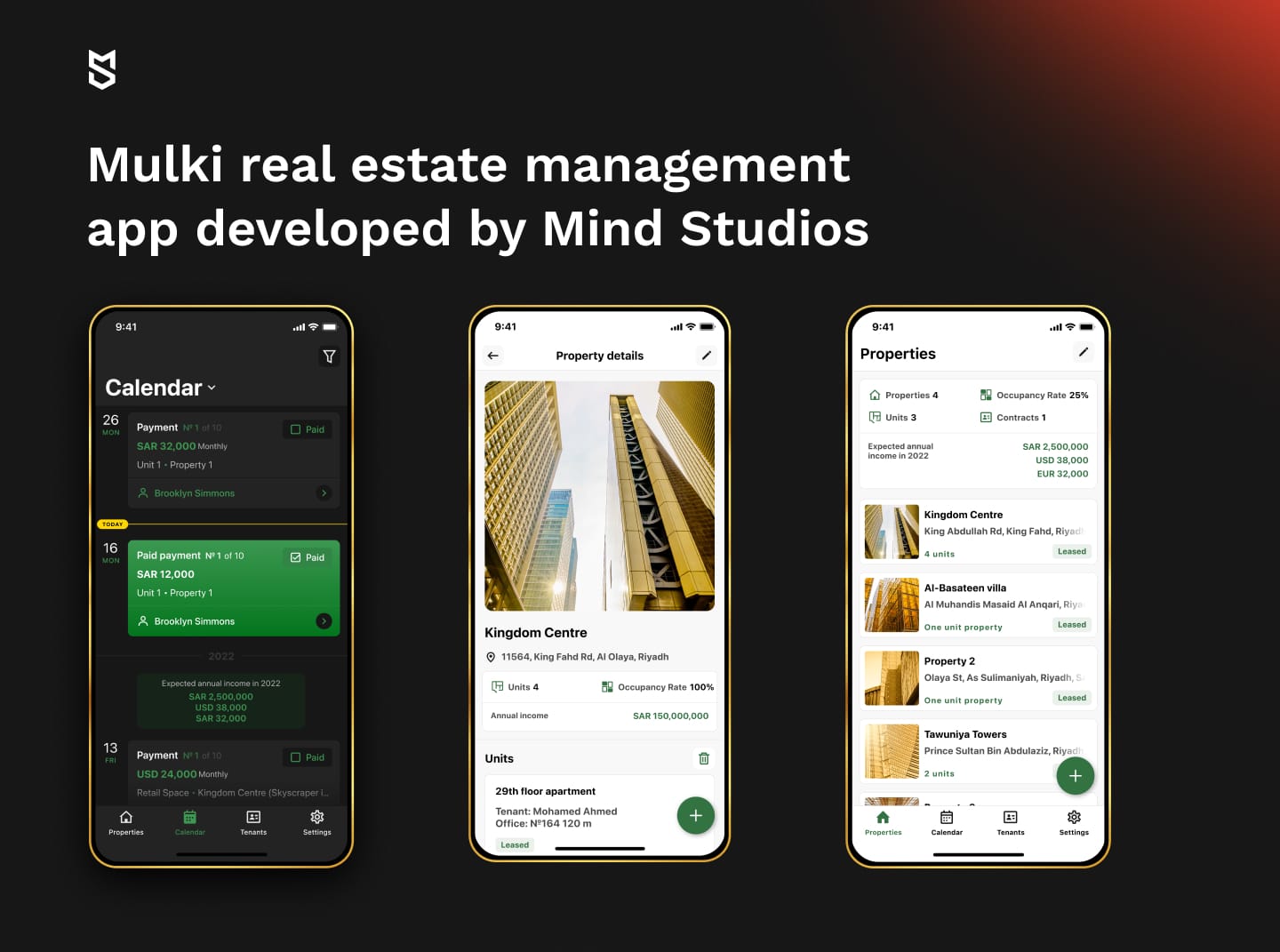
The creation of an app requirements template also allowed us to understand the hurdles we could have faced during the development and meet them head-on.
One of the main concerns was frequently changing requirements during the development of Mulki — the app started as a basic calendar for payments with notifications, but during the development, it evolved into a full-fledged task management system for property administration. This became possible mostly thanks to the app requirements document, which helped us understand that the app had to have a flexible architecture to smoothly add new, more advanced functionality later on.
At Mind Studios, we don’t just help you create a mobile app requirements document — we partner with you from idea to launch, ensuring a smooth and efficient development process. Contact us to discuss all the details.
Final word
Even for the smallest projects, it’s critical to have a shared understanding of initial requirements. In some cases, a ready-made mobile app requirements document example can help you out. But more often, they’re only illustrative. Since no two apps are exactly identical, there’s little to no chance that someone else’s PRD will suit your project.
While free templates can give you a starting point, a truly effective mobile app requirements document demands expert insight and strategic planning. At Mind Studios, we specialize in turning business visions into scalable, high-performing mobile applications.
With our deep expertise in mobile app development, we help businesses:
- align their vision with technical feasibility, ensuring a realistic and achievable roadmap.
- save thousands of dollars by preventing costly rework and inefficiencies.
- build apps that scale successfully, supporting long-term growth and market expansion.
To perfectly meet your future audience, you need to create an entirely new mobile app requirements document, which can be a time-consuming and tedious process. The good news is that you can leave it to experts. Especially since they’re just one call away.


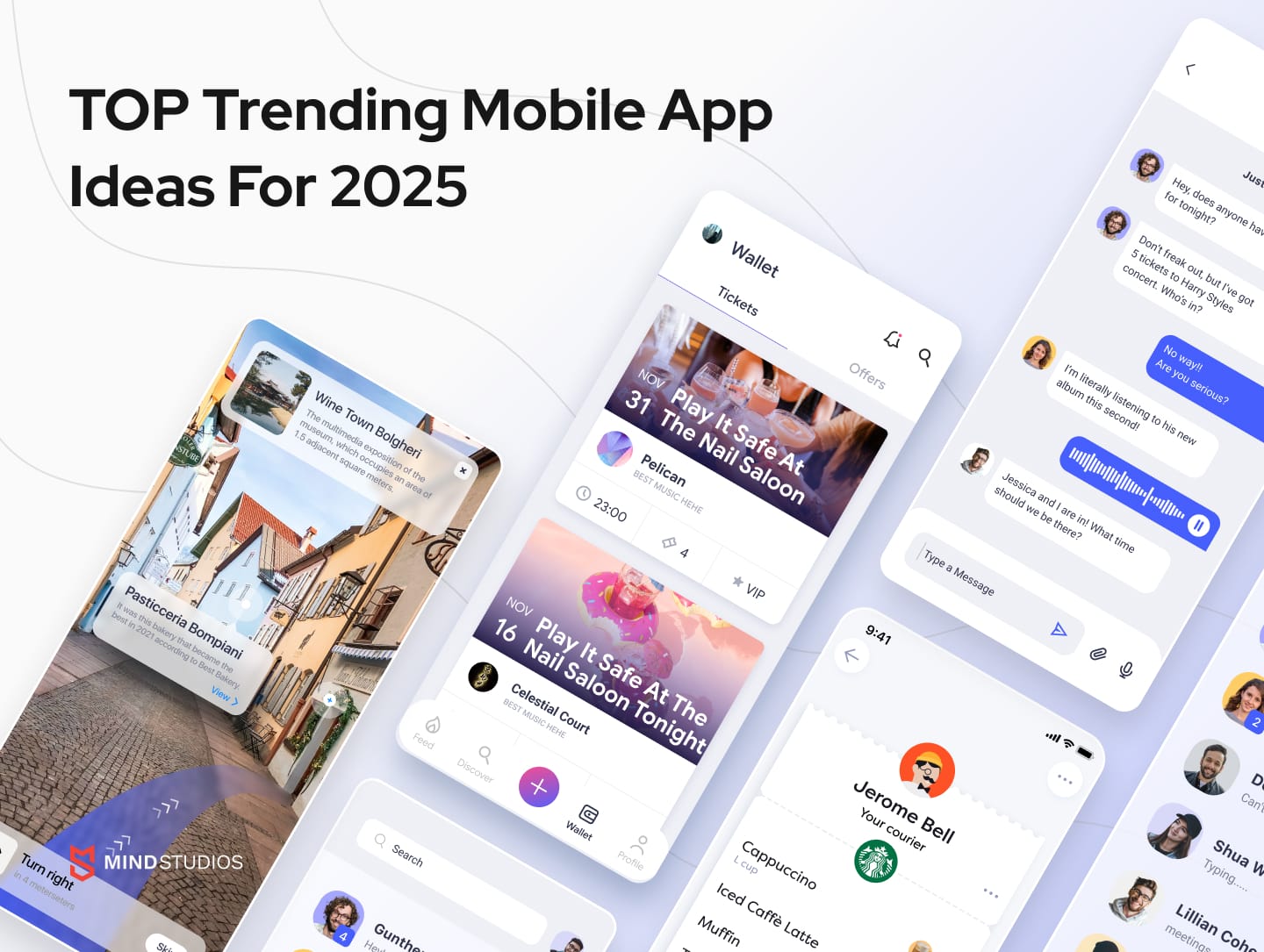
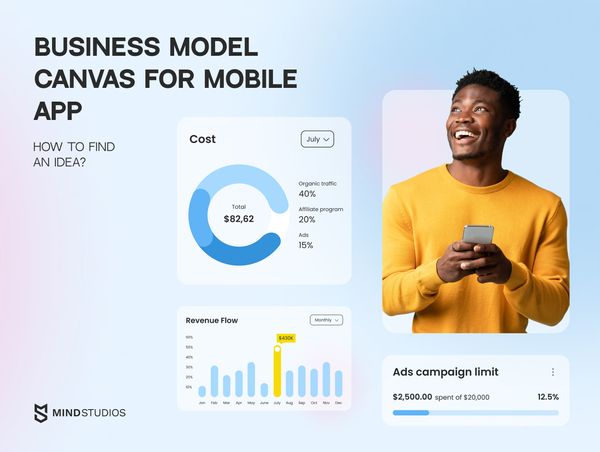
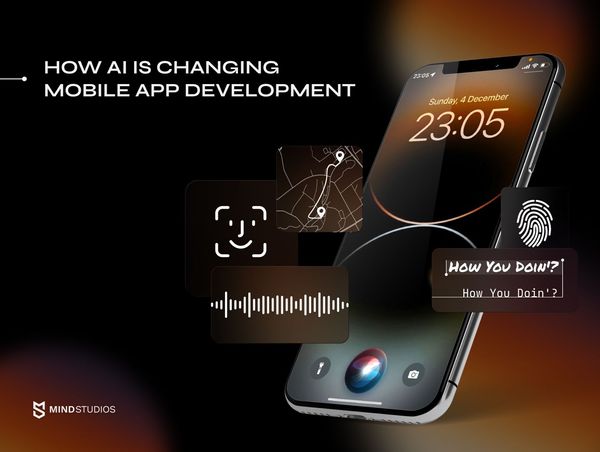
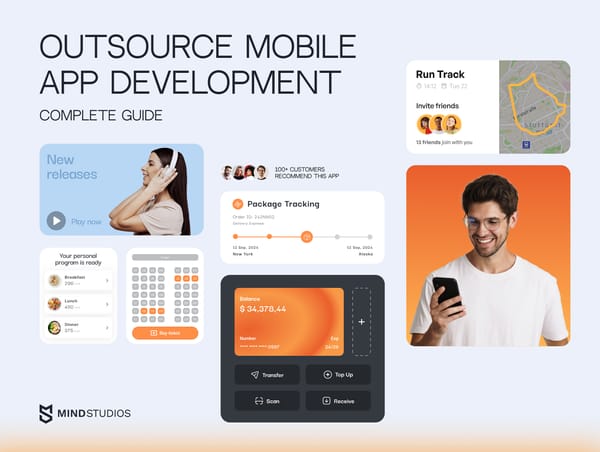
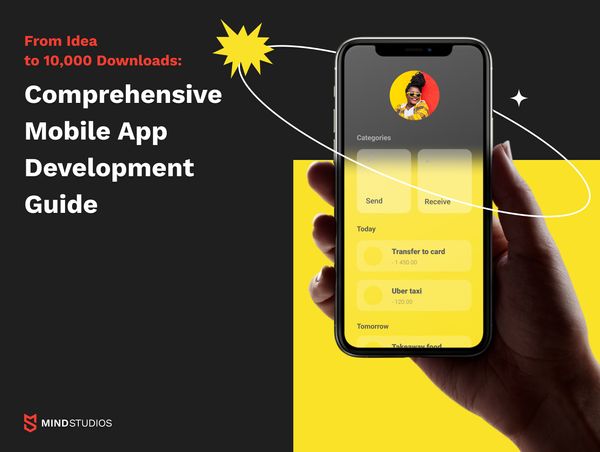
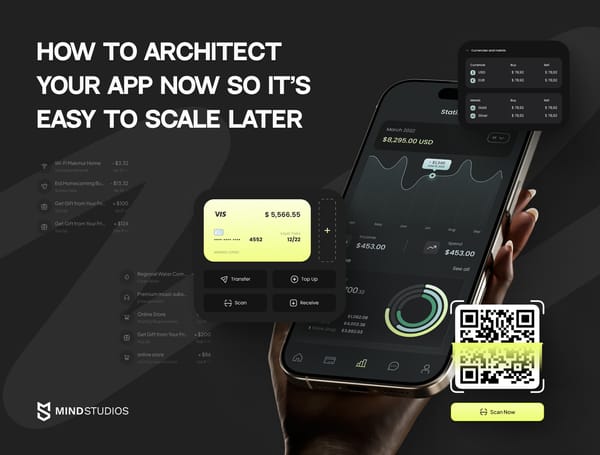
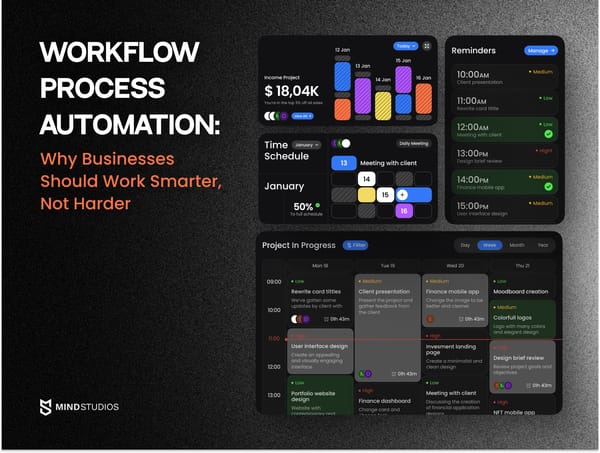

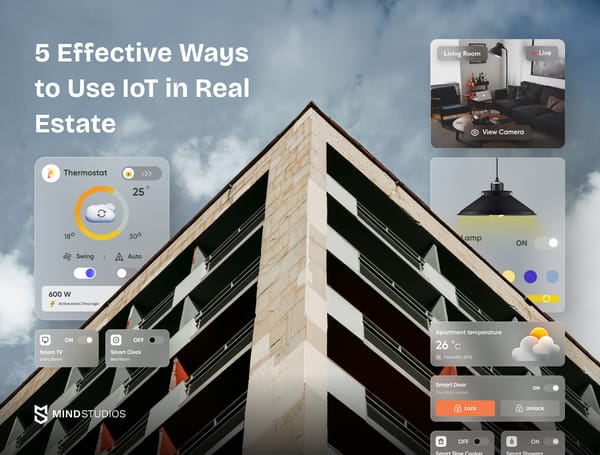
![How to Create an On-Demand Medicine Delivery App [Expert Guide]](https://themindstudios.com/blog/content/images/size/w600/2025/03/IMG-1-Cover-6.jpg)

